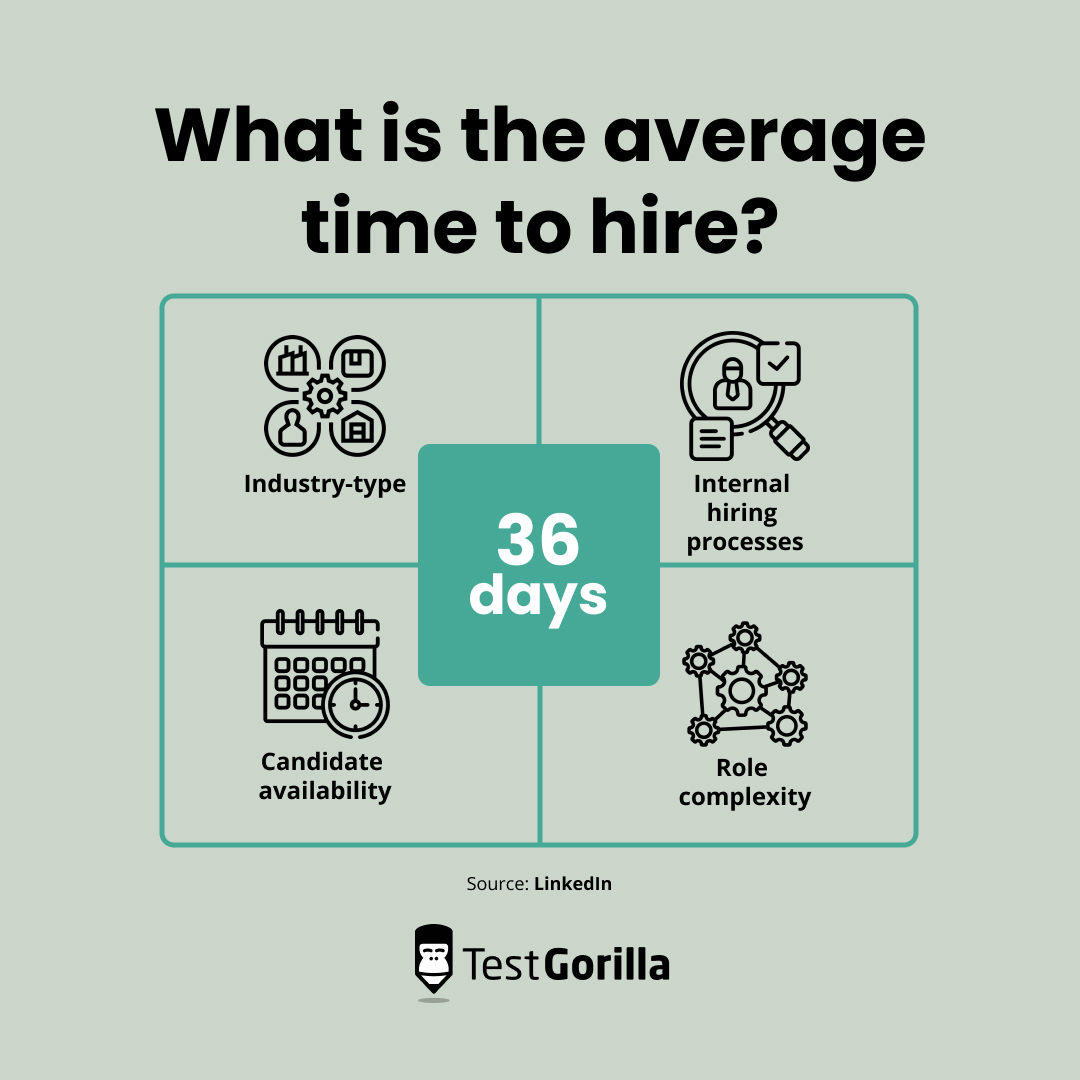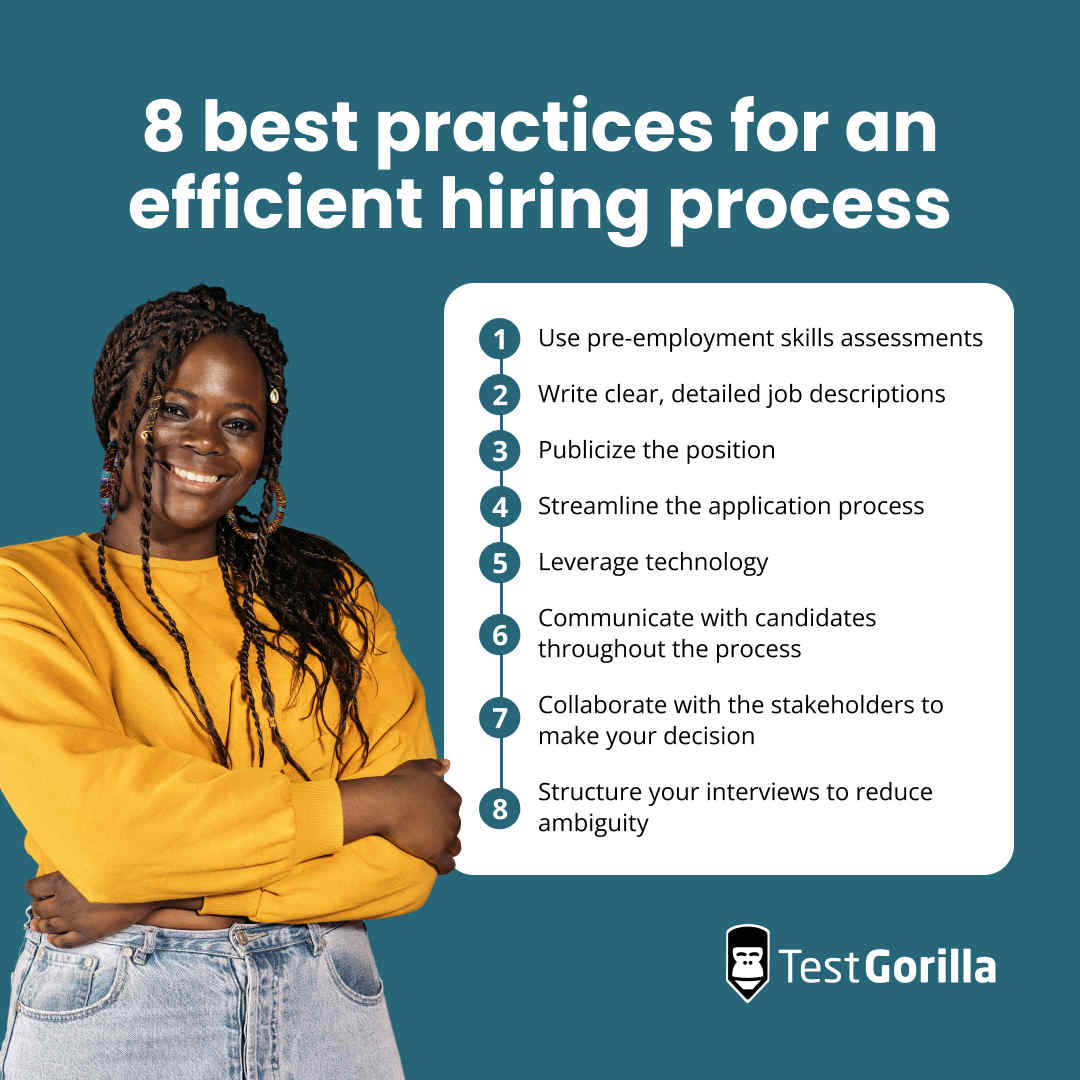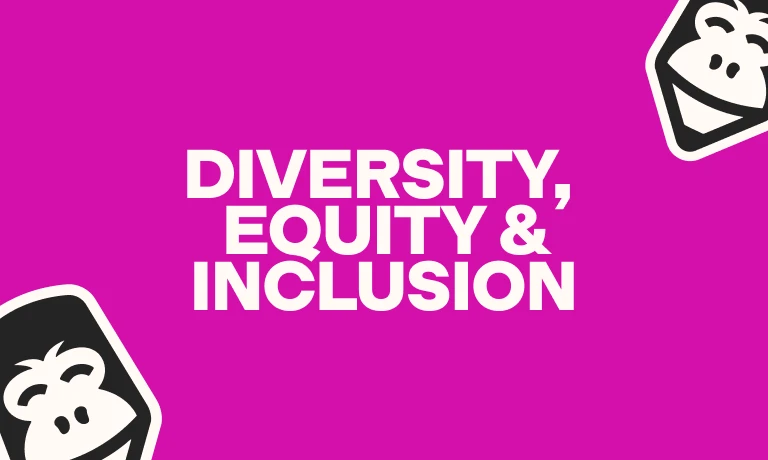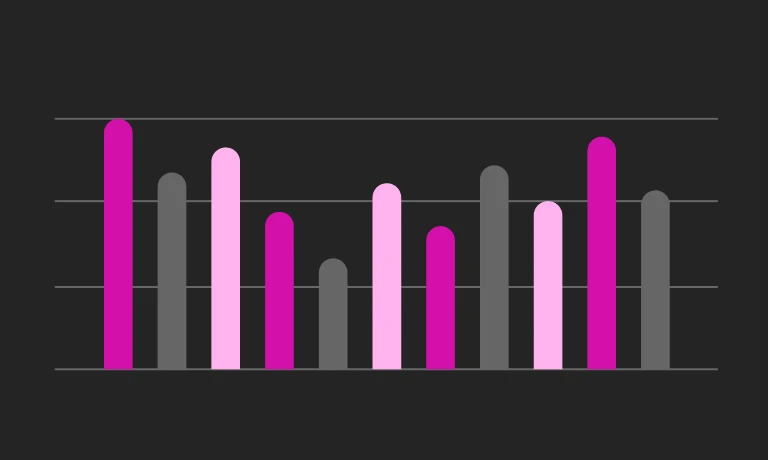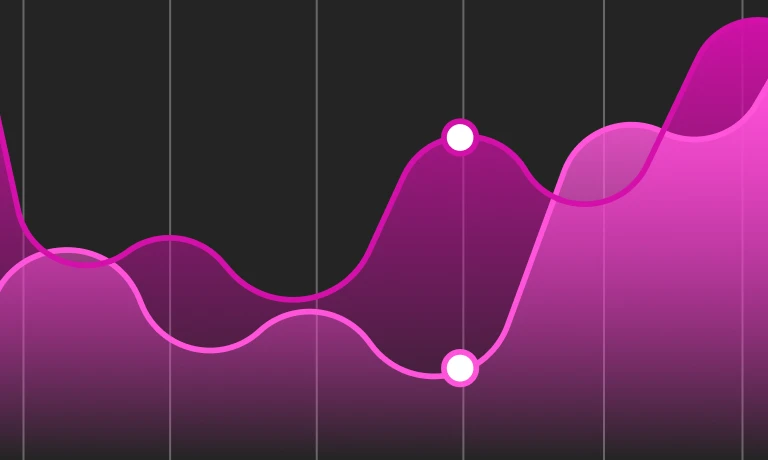An inefficient and drawn-out hiring process can result in your organization missing out on top talent, leaving you with a poor selection of candidates and wasted company resources.
Complex screening procedures, assessment days, multiple rounds of interviews, and long wait times can be a turn-off for talented individuals who can take their skills elsewhere.
Since the competition for skilled and qualified team members is high, it’s important that your hiring process falls within a reasonable timeframe. Efficient hiring practices keep the best candidates interested and help to prevent mis-hires.
In this article, we discuss how long the hiring process takes, the dangers of slow hiring, and provide a step-by-step hiring timeline with best practices to improve your hiring efficiency.
Table of contents
According to LinkedIn’s hiring statistics for 2022, the average time to hire was around 36 working days, from the initial job posting to the final offer. However, hiring timeframes are company-specific and can be determined by various factors.
Industry-type
Industries with teams that require fewer skills, qualifications, or experience, such as e-commerce packing or factory line roles, can benefit from a more streamlined hiring process with basic checks and assessments.
However, industries requiring highly skilled specialists, such as tech firms, will likely need to conduct role-specific skills testing, interviews, and assessment days to select the right fit.
Internal hiring processes
A company's internal hiring processes can significantly impact hiring time, mainly if lengthy HR protocols are involved, such as completing complex employment paperwork, conducting multiple rounds of interviews, or undertaking extensive background checks.
Candidate availability
Many factors, such as economic conditions, geographical location, and role-specific skills, can determine the availability of candidates. For example, the need for specialists with high-demand skills can lead to a shortage of available candidates and increase the time it takes to find qualified individuals.
Role complexity
Highly specialized or senior-level positions often require a more extensive search and assessment process. Identifying and evaluating candidates with the necessary skills and experience can be time-consuming. Additionally, the onboarding process for complex roles may involve more training and orientation, further extending the time to hire.
How long is too long to hire?
Hiring timeframes are determined by industry type, role complexity, and an organization’s internal hiring processes. While it’s crucial to have thorough hiring practices, several risks come with putting your candidates through a prolonged process, which can negatively impact your business.
Candidate loss
Top candidates are usually in high demand, and if the hiring process takes too long, they may receive offers from other companies and accept them before completing your process, resulting in lost opportunities for your organization.
Candidate frustration
Lengthy hiring processes often leave the wrong impression. Your candidates may think the extended timeline is a lack of interest in them or disorganization on your company’s part. This can lead to frustration and lowered enthusiasm among candidates to continue the process.
Loss of productivity
Prolonged vacancies and skills gaps negatively impact a team's productivity and overall company performance. In the startup environment, for example, companies often require quick decision-making to keep up with the fast pace of growth. A slow hiring process can hinder the ability to scale rapidly and service clients efficiently.
Negative employer branding
A slow hiring process can tarnish your employer branding and reputation in the job market. Negative reviews on platforms such as Glassdoor can deter potential applicants. For example, candidates report that IBM takes around 15 to 20 days to release an offer letter after an already rigorous application process of three to seven weeks.
Higher costs
A drawn-out hiring process can increase costs and result in a misuse of company time. Losing top candidates to competitors can often result in mis-hires. This can significantly impact company resources by wasting time and money invested in training, onboarding, and repeating the recruitment process to find the right candidate.
Internal disruption
The longer a role remains vacant, the more it can disrupt the team’s workflow and require additional resources to fill the gap. If your team spreads their workload to stand in for a missing team member, you risk overworking your staff and causing burnout, which can lead to dissatisfaction among your employees.
Hiring timeline: A step-by-step outline
Day 1: Create the job post
Once your department identifies the need for a new employee due to growth, attrition, or a new role, you must prepare a job description that clearly outlines the required responsibilities, qualifications, benefits, and experience.
Day 2: Post the job
After creating the post, advertise the job opening on company websites, job boards, social media, and other relevant platforms. To ensure you don’t prolong your initial recruitment process, streamline your online application, establish application deadlines, and provide prospective candidates with contact details if they have any questions.
Days 3-10: Review incoming resumes
Review incoming resumes and applications to shortlist candidates who meet the basic criteria. Resume screening tools can speed up the process by reducing the time spent reading through each applicant’s submission and weeding out unsuitable candidates more efficiently.
Days 10-15: Initial screening
After selecting your prospects, you’ll need to contact them. You can conduct structured phone or video interviews to assess candidates' qualifications, experience, and alignment with the role. You can then discuss the role and your company culture to set the right expectations.
Days 16-21: Interview rounds
Arrange interviews, combining behavioral and cultural questions to assess your candidates' skills, experience, and cultural fit. You’ll also want to involve relevant team members and stakeholders in the interview process.
Days 22-27: Skills assessment
After the structured interview rounds, administer role-specific tests or work simulations to assess candidates' practical skills and problem-solving abilities. This way, you can verify whether your candidate has the fundamental skills to succeed in the role.
To streamline this process, TestGorilla can help you bulk manage applicants and quickly roll out tests and interviews for candidates to complete at their convenience. You can choose from more than 300 research-backed prescreening tests with real time results to quickly evaluate your candidates without bias.
Days 28-30: Decision-making
Review feedback from interviews and assessments to select the most suitable candidate. Consider factors such as skills, experience, cultural fit, and alignment with your company’s values.
Days 31-34: Offer stage
Extend a formal job offer to your chosen candidate, including details about compensation, benefits, and expectations. Before they accept the offer, ensure you negotiate terms if necessary and address any questions or concerns they might have. This way, all parties are on the same page.
Day 36: Acceptance and onboarding
Once your chosen candidate accepts the offer, initiate the onboarding process. This will include drawing up contracts and other employment forms, orientations, and team introductions.
The orientation and onboarding can be self-paced for in-person and remote roles. Provide your candidate with a list of tasks they need to complete to be up to speed with the company’s practices, and then host a team meeting where you formally introduce them.
The best insights on HR and recruitment, delivered to your inbox.
Biweekly updates. No spam. Unsubscribe any time.
8 best practices for an efficient hiring process
Hiring efficiency is beneficial for both your business and candidates. For businesses, it minimizes the risk of losing top talent to lengthy procedures and ensures timely access to skilled professionals who can drive growth.
For candidates, a streamlined process shows respect for their time and effort. This leaves a positive impression and enhances the candidate experience.
Here's an outline of best practices for an efficient hiring process:
1. Use pre-employment skills assessments
Incorporate skills assessments and tests relevant to the role. This helps you measure candidates' abilities objectively and efficiently. You can use cognitive, personality, and culture-add tests to evaluate your candidates.
Parallel processing using assessments created from TestGorilla’s test library can also make your hiring process more efficient. Administering multiple assessments together minimizes the time needed for evaluation, thus reducing time to hire.
2. Write clear, detailed job descriptions
A detailed job description is like a roadmap for your hiring process. It outlines the role's responsibilities, required qualifications, and expectations, providing candidates with a clear understanding of the job.
This clarity attracts candidates who are genuinely interested in the role and who possess the necessary skills. As a result, you're less likely to receive applications from individuals who are not a good fit, saving you time and effort in the initial screening stages.
3. Publicize the position
Efficiently publicizing the job opening helps you reach a wide and relevant talent pool. Online job boards, social media, and your company's website enable you to cast a wider net and attract candidates actively seeking opportunities.
This increased visibility accelerates the hiring process by generating more applications and helps identify candidates who are more likely to align with the job requirements.
4. Streamline the application process
Keep the hiring process simple; otherwise, you risk deterring candidates. Simplifying the application process encourages more candidates to apply. A user-friendly online application system with minimal steps can prevent drop-offs.
For example, most candidates can attest to their frustration with entering the same information repeatedly. Something as simple as creating forms that autofill your candidate’s resume information from an uploaded document or job board profile makes the application process more appealing.
5. Leverage technology
Implement applicant tracking systems to automate processes like resume screening, interview scheduling, and candidate communication. TestGorilla’s all-in-one platform enables you to manage candidates easily with bulk application invites and application data management, speeding up the process and ensuring consistency.
6. Communicate with candidates throughout the process
Keep candidates informed about their application status. Prompt communication, even if it's a rejection, leaves a positive impression and maintains a candidate-friendly experience. TestGorilla’s automated communication features make this process smoother with customizable invitations, results, and rejection emails.
7. Collaborate with the necessary stakeholders to make your decision
Involve relevant stakeholders in decision-making to ensure your candidates meet role and company requirements. Invested parties can help to expedite approvals, especially for crucial hires.
8. Structure your interviews to reduce ambiguity
Develop a standardized interview process with predefined questions to assess candidates consistently. TestGorilla’s customizable one-way video interviews enable rapid and efficient screening, convenient to both the candidate and hiring team.
Create an efficient hiring process with TestGorilla
The average time to hire is around 36 working days and varies depending on the industry type and role you’re hiring for. A drawn-out process means your organization can miss out on top talent with the best candidates accepting offers from competitors.
TestGorilla’s all-in-one platform speeds up the recruitment process and reduces your time to hire.
Our user-friendly and intuitive interface makes assessment creation easy. Bulk candidate management features keep your hiring process organized and streamlined, and reporting and analytics tools enable you to compare and shortlist candidates at a glance.
Ready to learn more? Take our quick product tour and sign up for our free plan today to start streamlining your hiring process.
You've scrolled this far
Why not try TestGorilla for free, and see what happens when you put skills first.


